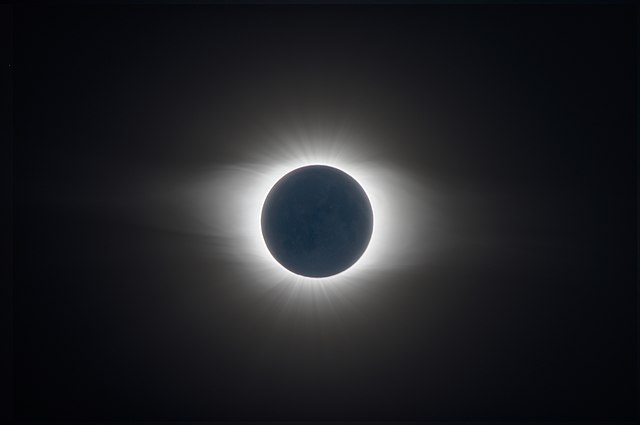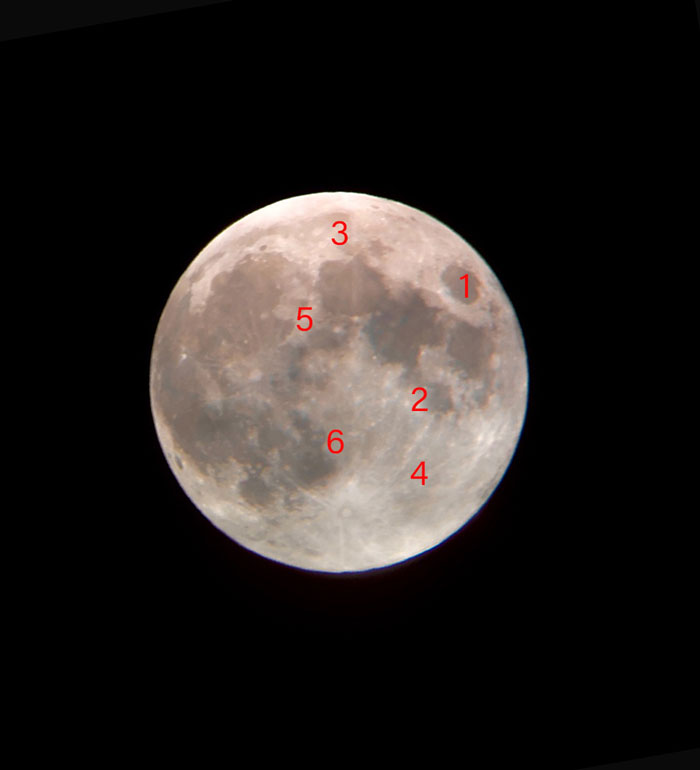Science Snippet:
Upcoming Lunar Events

List of upcoming new moon times
(All times in Eastern Time)
- 06/18/23 12:39 AM
- 07/17/23 2:34 PM
- 08/16/23 5:39 AM
- 09/14/23 9:40 PM
- 10/14/23 1:55 PM
- 11/13/23 4:27 AM
- 12/12/23 6:32 AM
Lunar events Visible in North America through 2024
August 24, 2023: Occultation of Antares for the Central and Mountain Time Zones of the United States. 8:29 PM MDT
October 14, 2023: Annular Solar Eclipse (This is a lunar event as the eclipse is caused by the moon moving in front of the sun.) Eclipse’s path runs from OR through TX. All of North America except far western AK will experience at least a partial solar eclipse. Begins at 8:05 AM PDT
October 28, 2023: Partial Lunar Eclipse. NL and eastern QC. The northeastern United States will see a penumbral lunar eclipse. Begins at the local moonrise.
January 8, 2024: Occultation of Antares. Visible in the western and mountain time zones in the United States. 6:41 AM EST
March 24-25 2024: Penumbral Lunar Eclipse. All of North America. Begins at 12:53 AM EDT
May 23 2024: Occultation of Antares. Visible in the southeastern United States. 9:11 PM EDT
April 8, 2024: Total Solar Eclipse: Path of totality runs from TX to ME. All of North America except Alaska will experience at least a partial eclipse. Begins at 2:20 PM EDT
July 13, 2024: Occultation of Spica. This event will be visible across all of North America but might be more difficult to observe in the northeastern and northwestern US as well as most of Canada. 10:24 PM CDT
September 17, 2024: Occultation of Saturn for the Western US and southern BC. 3:07 AM PDT
September 17-18, 2024: Partial Lunar Eclipse. All of North America except western AK. Eclipse begins at 10:21 PM EDT.
November 27, 2024: Lunar Occultation of Spica. Best seen from the central and eastern United States. 5:36 AM EDT
some of my favorite lunar surface features
- Mare Crisium: This flat plain of volcanic rock is located on the edge of the moon. It is visible as a dark spot on the moon even with no optical aid. Try to see how soon after new moon you can find it. The moon is covered in such volcanic plains (all the darker areas on the moon represent such features) but this one is not connected to the rest. Best seen during Waxing Crescent.
- Theophilus and Cyrillus craters: These two over 60-mile-wide craters show up quite well in binoculars or a small telescope. They are close together appearing linked. Both feature central peaks. Look for them at the edge of Mare Nectaris (the lowest darker area on a first-quarter moon) toward the terminator (the day/night line on the moon).
- The craters Aristoteles and Eudoxus: These craters both show interesting texture in a small telescope. They can both be found in binoculars as well. Aristoteles is 54 miles wide while Eudoxus is smaller at 23 miles wide. They are both quite deep and appear prominent. Look at the right side of the inner edge of Mare Frigoris (the crater nearest the top of the moon). Best seen during First Quarter.
- The Southern Highlands: The southern (bottom) part of the moon between the darker areas is well worth exploring night by night in binoculars or a telescope. You’ll notice that the views change dramatically as the sun lights various regions of the rough cratered surface.
- The Lunar Apennines: This mountain range runs between Mare Imbrium and Mare Vaporum. Mare Imbrium is a large dark area at the top center of the moon. Mare Vaporum is toward its lower left. The Lunar Apennines is a large curving mountain range rising to three miles in elevation. Best seen during Waxing Gibbous.
- The straight wall: Look on the inner edge of Mare Nubium (at the moon’s center left). It should appear as a line of light during the Waning Gibbous phase. The straight wall is a sheer drop on the moon of about 800 feet. During the waxing gibbous it is in shadow. During the waning gibbous phase, however, the sun lights the face of this cliff making it appear as a line of light.

